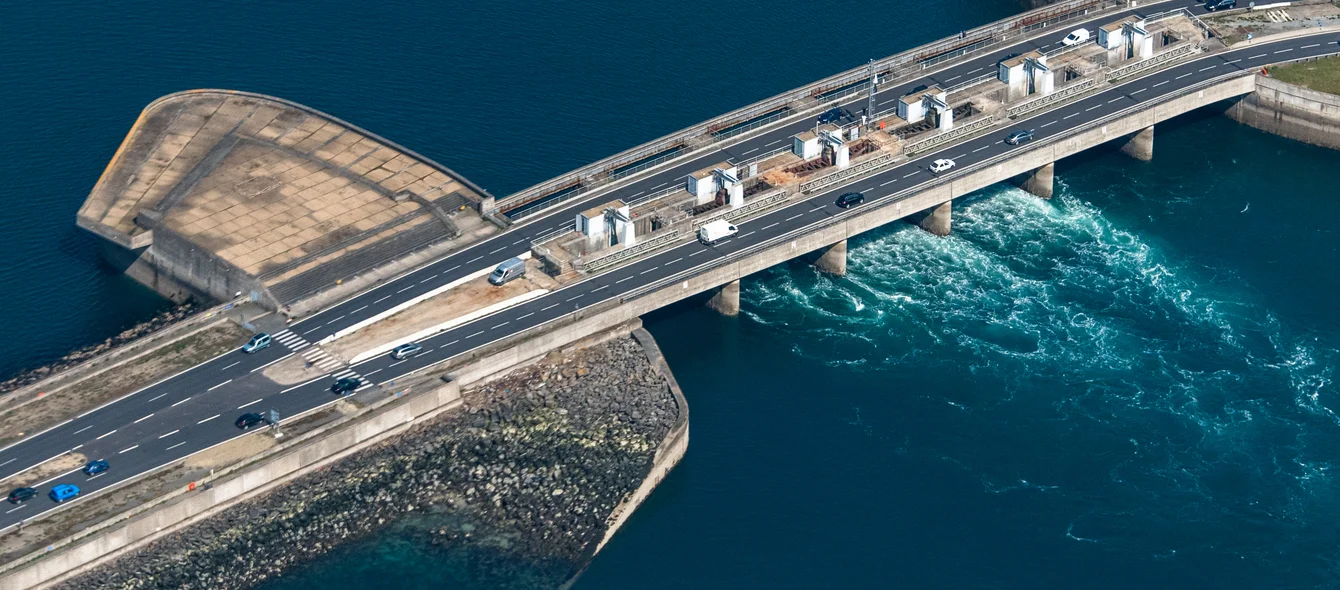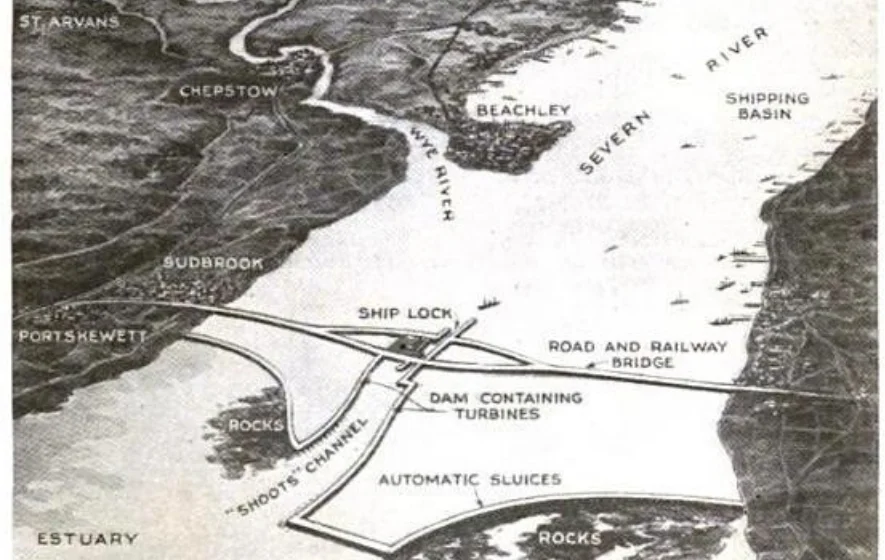Ideas to tap the UK’s substantial tidal energy resource have come and gone with little to show for almost a century, but the adoption of a net zero emissions target by 2050 is bringing back into focus what could be a major source of renewable energy.
In November, the UK’s Environmental Audit Committee announced that it will reconsider the role of tidal energy in the country’s evolving low carbon energy system, looking into appropriate technologies, costs and environmental impacts. Another indicator of government interest was the inclusion of tidal stream projects in the 4th Round of the Contracts for Difference scheme, which supports low carbon energy deployment and is to be held late next year.
Studies suggest that the total theoretical UK marine resource is as much as 118 GW and 285 TWh/yr. In 2019, UK electricity generation amounted to 323.7 TWh, according to the BP Statistical Review of World Energy 2020. Of this, one of the most prospective areas is the Severn Estuary, which has a tidal range up to 15 metres on the highest Spring tides and an average range of 9.6 metres, the third largest in the world after Canada’s Bay of Fundy and Ungava Bay.
The Severn revisited
The potential of the Severn Estuary has been investigated before, using either tidal stream technology, tidal range or a combination of both in order to generate power on both the incoming and outgoing tide.
In the former, the direct strength of the tide powers a turbine, much like a run-of-river hydro plant, while in the latter water is captured behind a barrage and then released when the sea level outside has dropped, driving turbines in the process.
The Rance tidal power station in France was the world’s first and has been in operation since 1966, producing about 500 GWh/yr. More recently, in 2011, the Sihwa Lake Tidal power station came into operation in South Korea.
Barrage drawbacks
However, the barrage concept has major drawbacks, for example, in the case of some of the Severn barrage proposals, the loss of thousands of hectares of intertidal habitat and a large impact on migratory fish. It could also present a physical barrier to ports in the estuary and would cost something of the order of £20 billion plus to build.
A large GW-scale scheme would also present issues in terms of generation variability. Tidal power, while predictable, varies considerably not just between tide times but in the strength of the tide, a Spring tide being a much more powerful force than a neap tide. However, there may also be benefits from the overlapping variability of wind, solar and tidal energy producing more power all of the time. Owing to these issues, an investigation in 2010 into a Severn barrage failed to garner sufficient support either from government or environmental organisations.
Tidal lagoons
At the same time, a new idea was emerging in the form of tidal lagoons. These work on the same principle as a tidal barrage, but would not create a barrier across an estuary, thereby limiting the impact on intertidal habitats, fish and marine traffic. Instead large artificial lagoons would be constructed into which water would flow on the incoming tide to be released once the tide has retreated.
In addition to the lower environmental impact, they could also be tested on a smaller scale. The 320 MW Swansea Bay Tidal Lagoon project soon became a front runner in the race to harness the power of the UK’s tides. However, the project did not deliver the low prices earlier tidal lagoon projects had promised and it was eventually judged to be too expensive on a per MWh basis.
New and old concepts
These setbacks have not kept tidal power enthusiasts presenting new solutions to the problems of cost and local environmental impact. A proposal by engineering company Rod Rainey and Associates Ltd in 2018 put forward the use of a chain of breast shot water wheels at a point further out to sea than previous suggestions, stretching from Hurlstone Point to Nash Point in the Bristol channel.
The use of light weight steel for construction would reduce the capital cost of the project by about 75%, compared with the concepts presented in 2010, the company estimates, generating electricity at a price of just £25/MWh. In addition, the slow speed of the wheel would allow fish to avoid the wheels or swim through them, and the nature and location of the barrage would limit substantially, but not eradicate, the impact on intertidal habitats. Breast shot water wheels would work on both incoming and outgoing tides, achieving a high level of efficiency, despite being a very old technology.
Meanwhile, at the other end of the UK, in Orkney, Scotland, the European Marine Energy Centre has steadily been developing and testing different forms of marine energy since 2003, providing open sea testing sites for a range of innovative technologies. The Environmental Audit Committee’s new investigation into tidal power will benefit from the ideas and concepts which have been formulated since 2010, all with the hope of tapping into one of the UK’s most powerful natural forces. Around 50% of Europe’s tidal energy resource lies in UK waters and with new demands being made on low carbon electricity generation as transport is electrified and emissions targets loom, the country’s tidal energy resource may finally be put to use.

